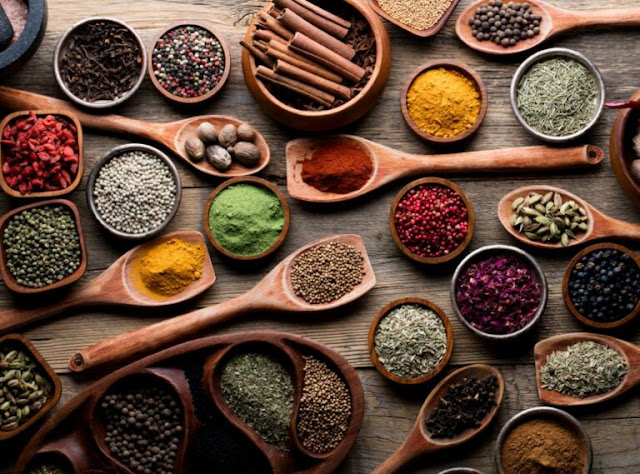Indonesia, a vibrant archipelago nestled in the heart of Southeast Asia, boasts a culinary landscape as diverse as its people and landscapes. At the core of Indonesian cuisine lies an array of exotic spices, each contributing its unique flavor profile and cultural significance. In this immersive journey, we delve into the intricate world of Indonesian spices, unraveling their rich history, culinary uses, and health benefits.
The Spice Islands: Origins and Significance
Indonesia spices bulk, often referred to as the "Spice Islands," has been a global epicenter of spice trade for centuries. Its strategic location along ancient maritime trade routes attracted merchants from around the world, eager to procure the coveted spices indigenous to the region. Among the most prized Indonesian spices were cloves, nutmeg, and mace, which played a pivotal role in shaping world history, fueling exploration, and influencing global trade dynamics.
Cloves: The Fragrant Jewel of Indonesian Cuisine
Cloves (Syzygium aromaticum) reign supreme as one of Indonesia's most iconic spices, revered for their intense aroma and distinctive flavor profile. Originating from the Maluku Islands, cloves are prized for their culinary versatility, featuring prominently in both sweet and savory dishes. From aromatic rendang curries to decadent desserts, cloves infuse Indonesian cuisine with their warm, spicy notes, elevating every culinary creation to new heights.
Nutmeg and Mace: Twin Treasures of Indonesian Gastronomy
Nutmeg (Myristica fragrans) and mace (the crimson-colored aril that surrounds the nutmeg seed) are inseparable companions in the realm of Indonesian spices, cherished for their nuanced flavors and medicinal properties. Native to the Banda Islands, these aromatic gems impart a subtle sweetness and warmth to a myriad of dishes, from rich sauces to indulgent desserts. Beyond their culinary allure, nutmeg and mace boast a plethora of health benefits, ranging from digestive aid to immune support, making them invaluable additions to any kitchen.
Turmeric: The Golden Elixir of Indonesian Tradition
Turmeric (Curcuma longa), with its vibrant golden hue and earthy flavor, holds a revered status in Indonesian culinary and medicinal practices. Widely cultivated across the archipelago, turmeric is celebrated for its antioxidant properties and anti-inflammatory effects. From savory rice dishes to invigorating herbal tonics, turmeric imparts both color and health benefits, embodying the essence of Indonesian wellness traditions.
Lemongrass: A Citrus Symphony in Indonesian Cuisine
Lemongrass (Cymbopogon citratus), with its refreshing citrusy aroma and zesty flavor, adds a burst of freshness to Indonesian dishes. Indigenous to Southeast Asia, lemongrass is a staple ingredient in Indonesian cooking, prized for its digestive properties and aromatic allure. Whether infused into spicy sambals or brewed into fragrant teas, lemongrass lends its distinctive flair to every culinary creation, tantalizing the taste buds and invigorating the senses.
Conclusion: Embracing the Spice of Life
In conclusion, the diverse array of Indonesian spices embodies the rich tapestry of Indonesian culinary heritage, weaving together centuries of tradition, culture, and innovation. From the fragrant cloves of Maluku to the golden turmeric fields of Java, each spice tells a story of resilience, creativity, and community. As we embark on this flavorful journey, let us celebrate the vibrant mosaic of Indonesian spices, savoring every moment and embracing the spice of life.



